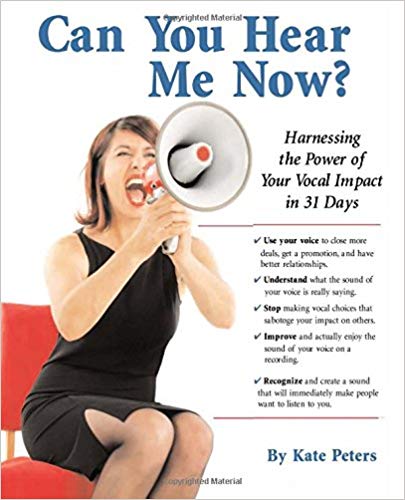How to Say “Thanks” Like You Mean It
Last week, a friend observed a conversation between my partner and me wherein we said “thanks” to each other a dozen times. Afterward, she remarked on this and said, “That seems like a lot of work.” In our family, we practice saying thanks. It’s a ritual for us; it expresses gratitude, and that we take nothing for granted because we came together after divorces. Because we raised a Brady Bunch together with all of its complexities. Because we didn’t always feel like there was much for which to be grateful. But today, we feel it, we mean it, and we say it…often.
Still, it’s true that sometimes “thanks” can seem like just another empty word. Why?
What Does “Thanks” Mean, Anyway?
According to Webster, being “thankful” is to be conscious of a benefit received. However, saying “thanks” is just an informal, polite expression of gratitude. Gratitude is a feeling of appreciation or thanks; “grateful” describes the feeling or showing thanks, and both “g” words stem from the word “grace,” which is a gift from God. “Appreciation” is an ability to understand the worth, quality, or importance of something.
And here’s my take on what we just learned: you can say “thanks,” but if you don’t really feel gratitude or appreciation, your expression of thanks will fall flat.
It All Starts with an Intention
The first step toward a “thanks” that really sounds grateful is the intention. In his very helpful book, The Seven Challenges Workbook, Dennis Rivers lists 30 fulfilling conversational intentions and 12 un-fulfilling. Just reading through them helps me get clear. Try it. (The workbook is a free download.) Consider what you are grateful for and what you want the other person to do or feel as a result of receiving your appreciation. Think about them, not you. For example, the impact of your “thanks” can get lost if you think your intent is to show gratitude, but your real intention is to just say “thank you” instead of expressing your true feelings.
Mind the 4 P’s of Expressing Thanks
The second step in saying “thank you” like you mean it is to consider the message you deliver as well as how you deliver it. By making sure that your intention is aligned with your message and how you deliver it, you will have to be able to express a true thank you. In a blog for non-profits called Wildapricot.com, Lori Halley recommends a Four P approach when showing appreciation. I like this approach and have adapted it for individuals like us. Two P’s address what you say, and two address how you say it.
- Prompt: Say thanks as soon as possible after you receive the benefit. That’s delivery timing.
- Personal: When someone does something nice for you, consider what they’ve done and include recognition of that favor or benefit along with the word “thanks.” For example, “Thanks for helping me with this problem.” “Thanks for holding my hand when I heard that news.” Thanks for the flowers.” This is concerned with what you say.
- Passionate: Express the emotion you felt or what happened beyond the act of kindness. Add color words (adjectives and adverbs) and inflection to help you speak from the heart and sound like you mean it. For example, “Thanks for helping me with this problem. Your kindness took a huge weight off my shoulders.” “Thank you for holding my hand when I heard that terrible news. Your presence helped me to be strong.” Or “Thanks for the beautiful flowers. When I saw them it reminded me of how much fun I had with you last night.” Again, this “P” is concerned with what you say.
- Positive: Keep a thank you for a thank you. If you want it to be seen as true gratitude, never use it to ask for more, or to give you the opportunity to say something negative that you’ve always wanted to say. For example, DON’T say “Thanks for helping me with this problem. Your kindness took a huge weight off my shoulders even though I know I could have handled it myself.” And this final “P” is very much about how you deliver the message.
Thank YOU!
And now, dear readers, I am very grateful for you. You’ve surprised me, delighted me, challenged me…and followed me. I’m grateful that you try my suggestions and that you trust me to show you the way to more powerful expression and more meaningful conversations. You’ve helped me create a site that is reaching thousands of people across the world, and making us all…yes, me too… better communicators. Thank you for being part of this community.
Happy Thanksgiving!
Connect with us on LinkedIn
Connect with the author on LinkedIn
ID 13296918 © Shiningcolors | Dreamstime.com
ID 127879517 © Mladen Zivkovic | Dreamstime.com






